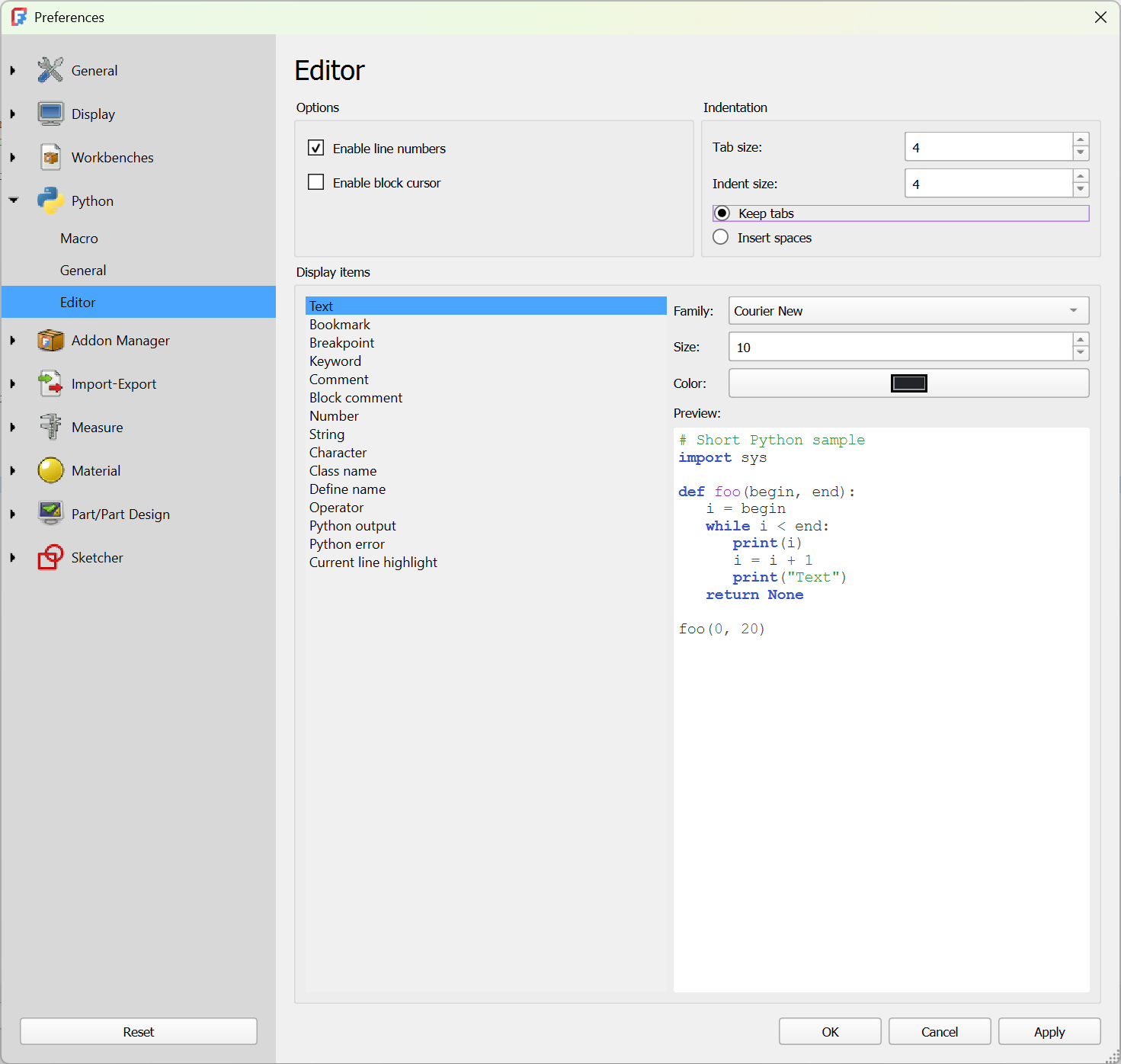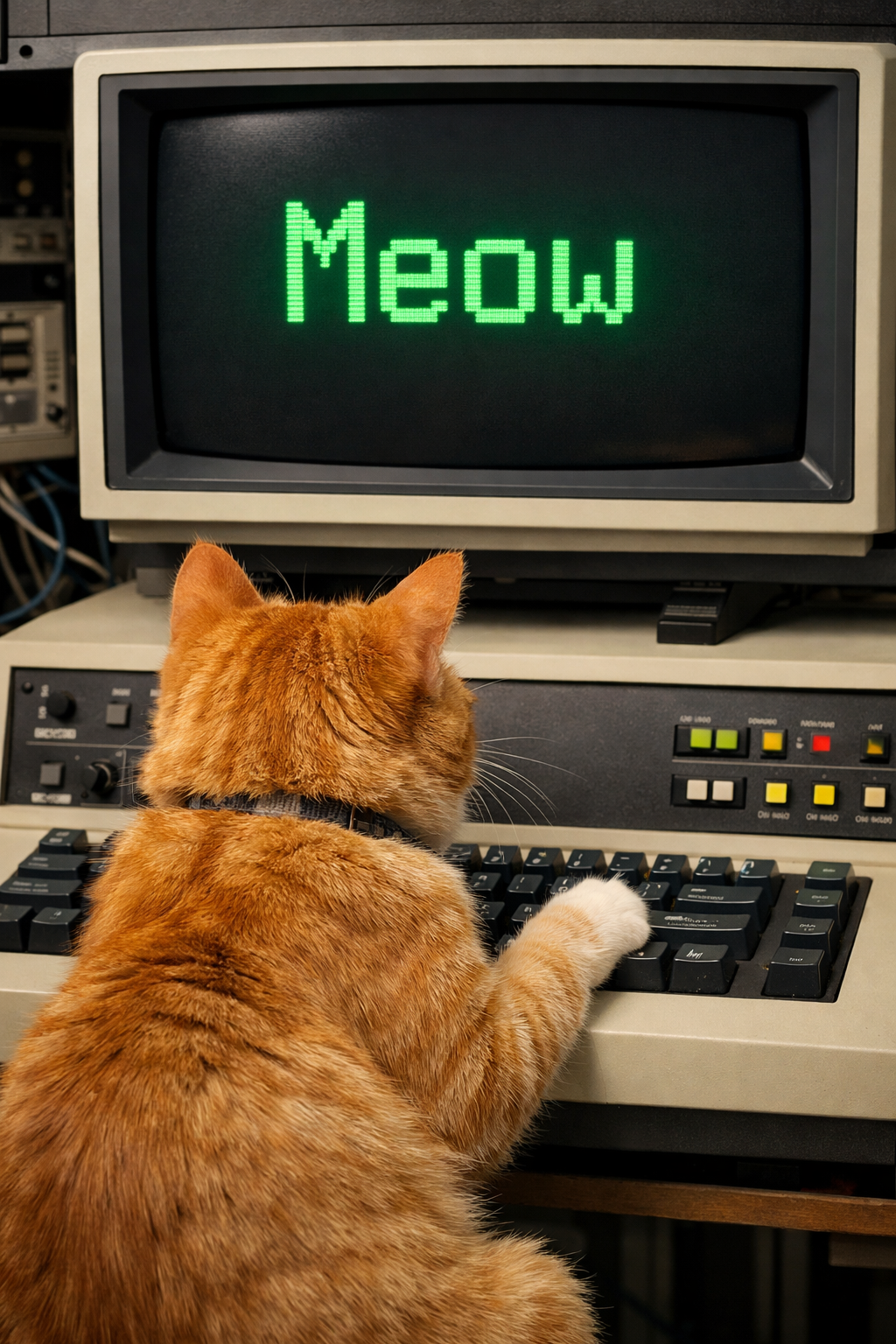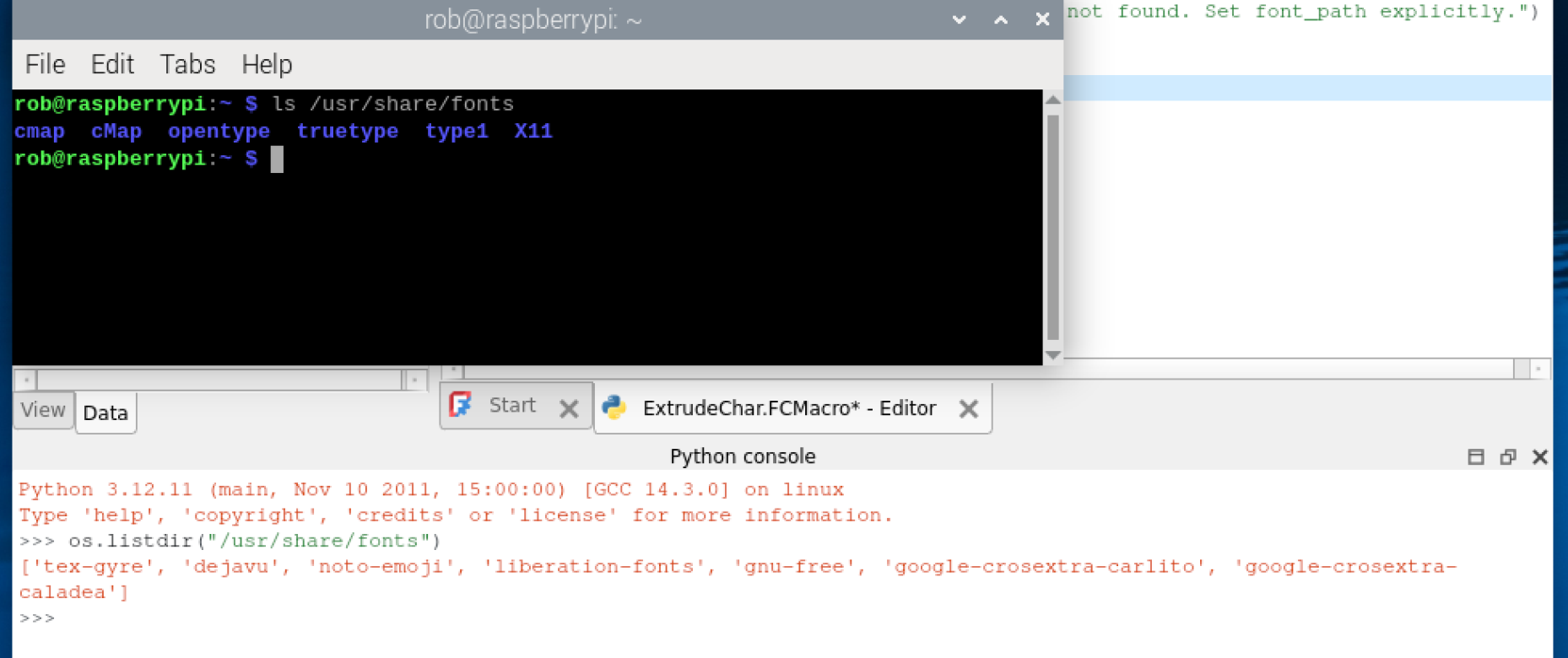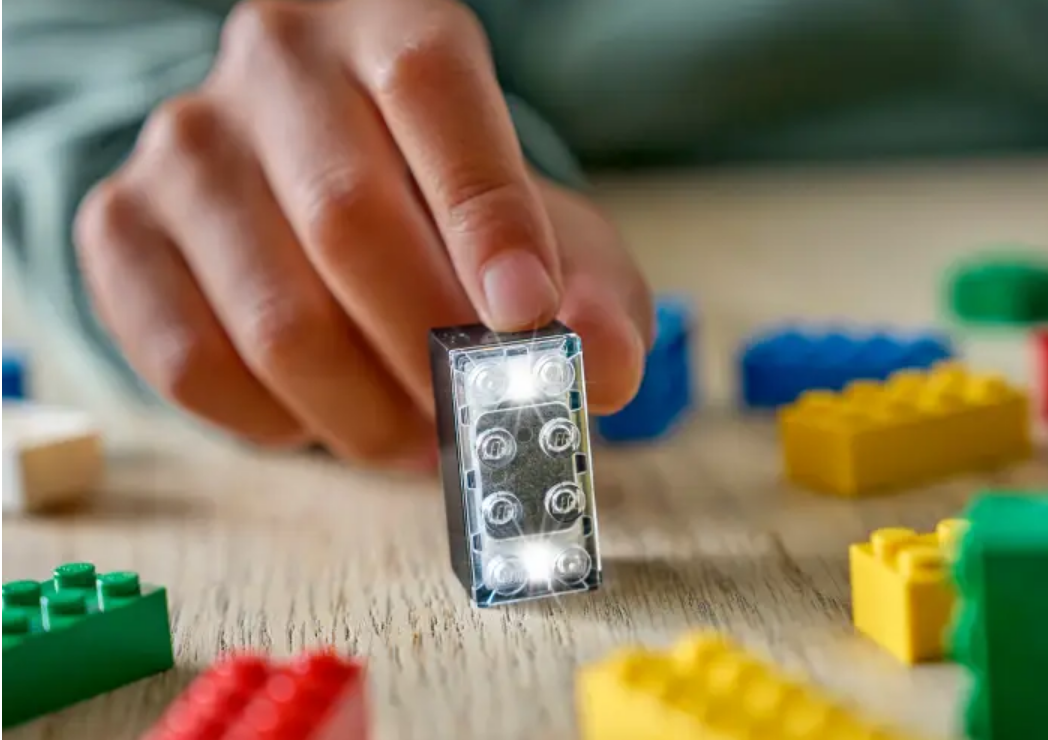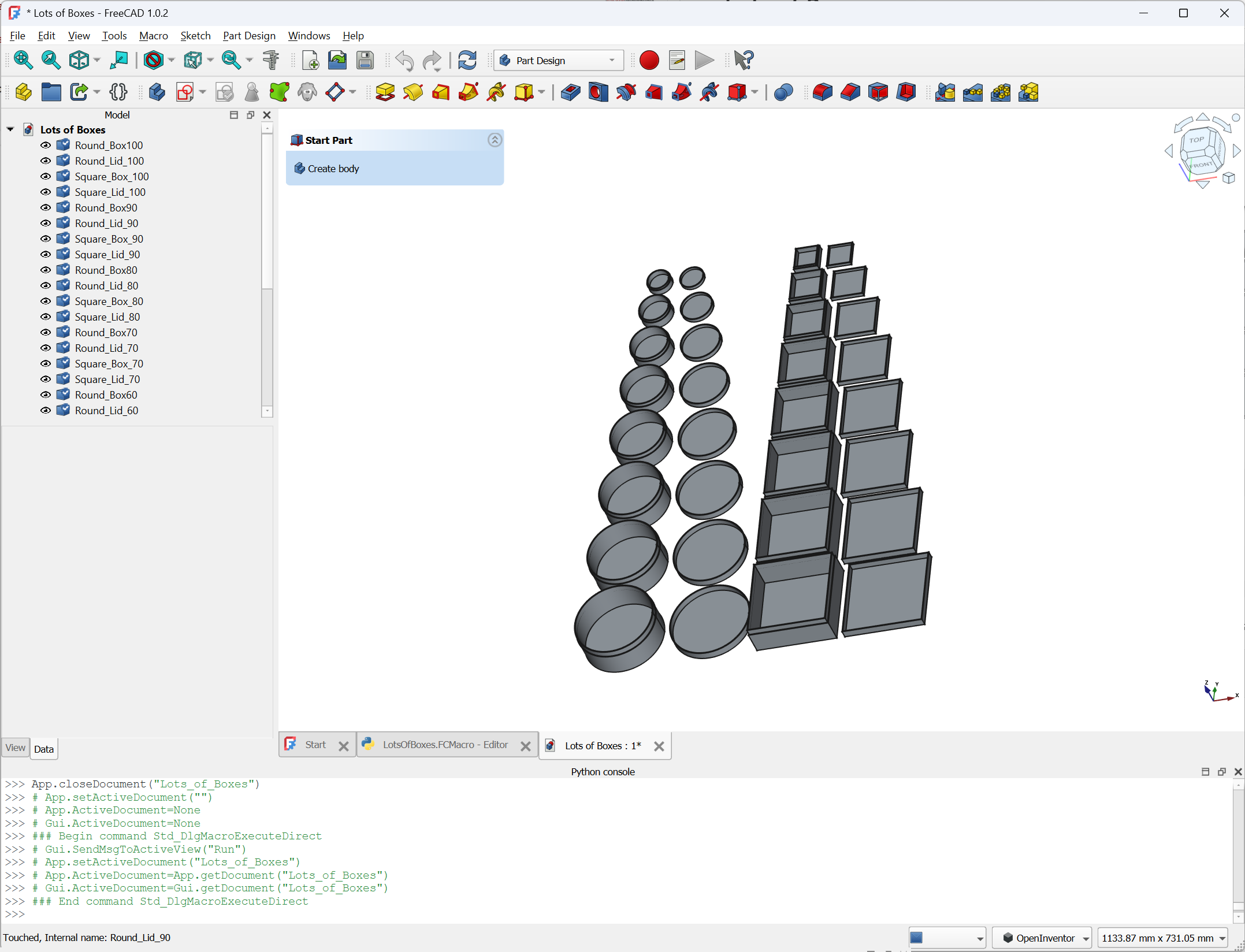Polaroid OneStep
/This is a nifty little camera from a while back. It takes Polaroid 600 film and has a funky flash flip up front. I got this one at the same time as I got the Polaroid MiniPortrait. I’m not sure which was thrown in with which. The camera works well. I love the way that when you move the slider on the left from tree to flower it slides in another lens to adjust the focus . Both lenses are plastic, so you don’t get anything tack sharp. But you do get pleasing colours and contrast.
There’s not that much more to say about it really. The flash normally fires for every picture. If you don’t want flash you can press the button which is wrapped around the release to trigger the shutter on its own (but you’d best brace the camera against something solid or you might be entering a world of camera shake).
If you want to dip your toe in instant photography you can pick these up pretty cheaply and they look really cool (I think) which is nice.


